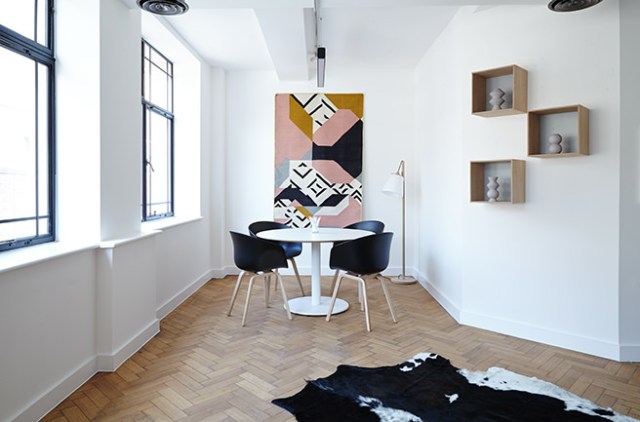
At some point in time, many of us will face the daunting task of choosing a new carpet for the home. And although other flooring materials such as wood and luxury vinyl are growing in popularity, nothing beats the soft warmth of a carpet underfoot – especially in the bedroom. Of course, carpets differ in quality and price. So, it’s worth taking a bit of time over your decision. But what considerations do you need to think about? And why are they important?

Choose the right pile
Different techniques are used to make carpets, and this offers us a range of styles from which to choose. But more than just looking good, the pile can determine how hard-wearing and comfortable your carpet is.
Carpet can be made with looped fibres such as Berber or level loop carpets. Or they can have cut fibres such as Saxony or twist pile carpets. Loop pile carpets are generally considered to be better for high traffic areas as they’re more resistant to crushing. However, these can develop pulls from pet claws and other things catching in them. Plain Saxony pile carpets often show up vacuum and foot marks as the fibres move easily but other cut piles such as Frieze-style carpets have dense, short fibres that hide traffic marks well.
A third option to consider is a woven carpet such as Axminster. These can provide a highly textured or smooth finish. They’re often very durable; however, they can be much more expensive to buy.

Think about materials and cleanability
Material is also very important in your carpet choice. It can be made from natural materials such as wool or sisal or from synthetic materials such as polyester and polypropylene. Along with the type of pile, this can affect the durability of your carpet. It’s also worth considering materials based on cleanability, cost, the environment and vulnerability to pests.
It’s a good idea to decide what your needs are first and match these to the material options. If you have a busy household with pets and young children, then cleanability and durability are a priority. And although wool is naturally stain-resistant and quite hard-wearing, cleaning chemicals are not suitable for this type of carpet. So, a synthetic carpet made of nylon could be a better choice. However, if sustainability is your priority, then wool or other natural and hard-wearing materials such as sisal or jute could be appealing to you. Alternatively, a carpet made from recycled polyester could give you a balance of eco-friendliness, durability and cleanability.

Choose a style
The style of your carpet isn’t simply down to material and pile though. Colour and pattern play a large part too.
If you like to redecorate frequently, then a neutral-toned carpet will blend in with changing colour schemes. And small or dark rooms will benefit from light colours. On the other hand, in high traffic areas, this may soon become discoloured. You also need to think about how colour can date your décor. Grey carpets have been very popular over the last few years. Yet now, as trends begin to change, home-owners face the dilemma of whether or not to renew their carpet even though it’s still in good condition.

Avoid costly mistakes
Fitting a new carpet is a big investment that takes time and money. Thus, prior to buying any carpet, it’s worth seeing it ‘in the flesh’. This could mean a trip to your local showroom or ordering a selection of samples. Nonetheless, it’s essential that you do one or the other. Simply looking online won’t tell you the exact colour of the carpet or how it feels.
Don’t forget to factor the underlay and other accessories into your costs. It’s tempting to think you can reuse the existing underlay, but this may be worn or lack the right thickness to give you a satisfactory result.
If you choose to buy your carpet online from a national or international retailer, they may offer to arrange the fitting for you. Don’t automatically think this is the best option. Finding your own carpet fitter means you can choose a local trades-person that you trust.
[disclosure*]














